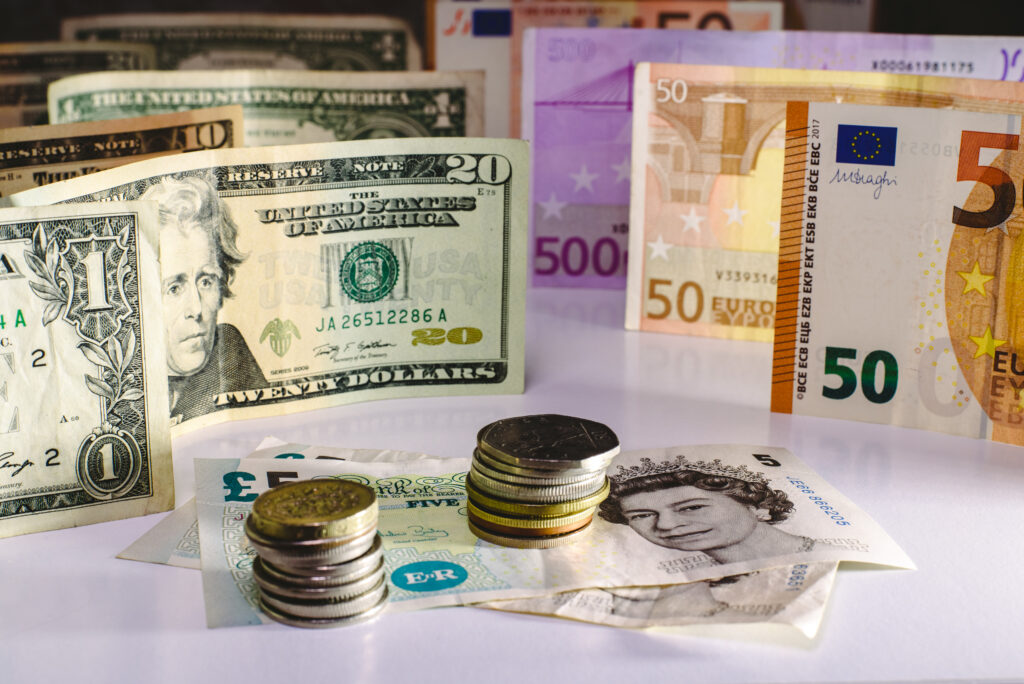
De-dollarization is the process of reducing the reliance on the US dollar as the dominant currency in the global financial system. It can take various forms, such as using alternative currencies, creating new payment systems, and developing new financial institutions that operate outside the US-dominated system.
De-dollarization has been driven by several factors, such as the dissatisfaction with the US monetary policy, the rise of emerging economies, the emergence of digital assets, and the desire to avoid US sanctions and surveillance. Some of the examples of de-dollarization initiatives are:
- The creation of the New Development Bank (NDB) and the Contingent Reserve Arrangement (CRA) by BRICS (Brazil, Russia, India, China, South Africa) to provide financing and liquidity support for infrastructure and development projects in emerging markets.
- The development of cross-border payment systems that bypass the US-controlled SWIFT network, such as CIPS (China), SPFS (Russia), INSTEX (Europe), and SIPS (Iran).
- The adoption of cryptocurrencies and stablecoins as alternative means of payment and store of value, especially in countries with high inflation, capital controls, or sanctions.
- The promotion of regional or national currencies as settlement options for trade and investment, such as the Euro, the Renminbi, the Rupee, and the Ruble.
The Transformative Impact on Payment Systems
De-dollarization has far-reaching implications for the future of payment systems, fundamentally altering the global financial landscape by introducing diversity and competition. Some of the anticipated impacts are as follows:
- De-dollarization could lead to a reduction in the US dollar’s dominance and influence in international transactions. This could impact seigniorage revenue, the US’s ability to impose sanctions, and the dollar’s role as a global reserve currency.
- The transition encourages the emergence of new payment platforms and technologies. These platforms aim to provide faster, more cost-effective, and highly secure transactions, especially for cross-border payments.
- De-dollarization fosters financial inclusion and innovation. As alternative payment options and services become more accessible, more individuals and businesses gain access to the financial ecosystem.
- The shift towards de-dollarization offers investors and consumers a broader array of currencies and assets. This diversification allows them to tailor their choices to better align with their preferences and requirements.
It is our view that De-dollarisation is not a zero-sum game, nor it is a binary choice between the US dollar and other currencies. Rather, it is a dynamic and complex process that reflects the changing realities and aspirations of the global community. It also poses both challenges and opportunities for the development and evolution of payment systems.
We at Aerapass continue to monitor these developments and, as appropriate, adapt our payment and settlement infrastructure to ensure we provide reliable, high-quality financial services to our customers. For example, the Aerapass platform allows users to transact in various fiat currencies including US dollar, promoting financial diversity. In addition, the integration of digital currencies (such as cryptocurrencies and asset backed tokens) and blockchain technology provides users with alternative digital assets for transactional purposes. These features, together with our seamless cross-border payment solutions, enable fast and secure cross-border transactions for our users.
In conclusion, as the world marches towards a more diversified and inclusive financial landscape, Aerapass continue to adapt its payment and settlement systems. Its commitment to innovation, security, and financial diversity aligns perfectly with the goals of de-dollarization, offering individuals and businesses new avenues for financial transactions and investments.